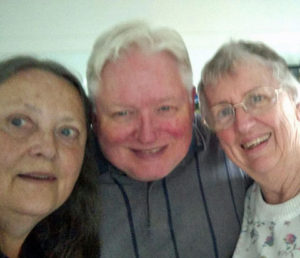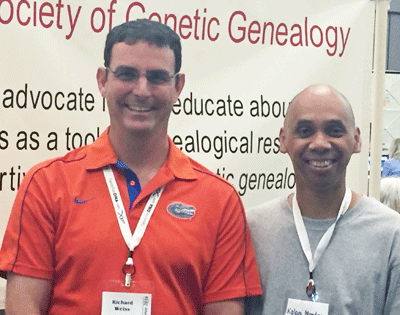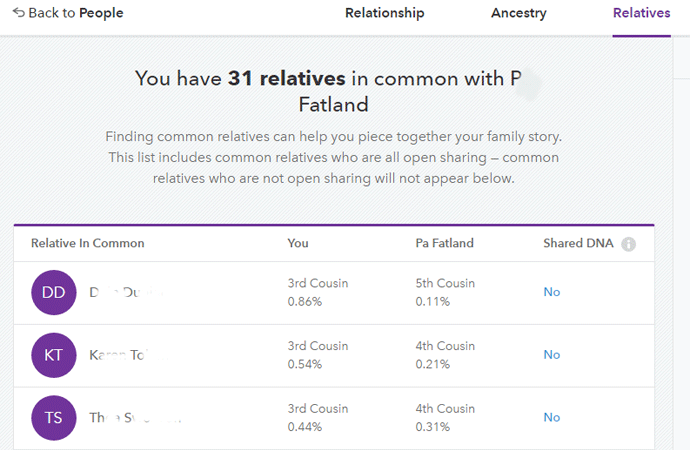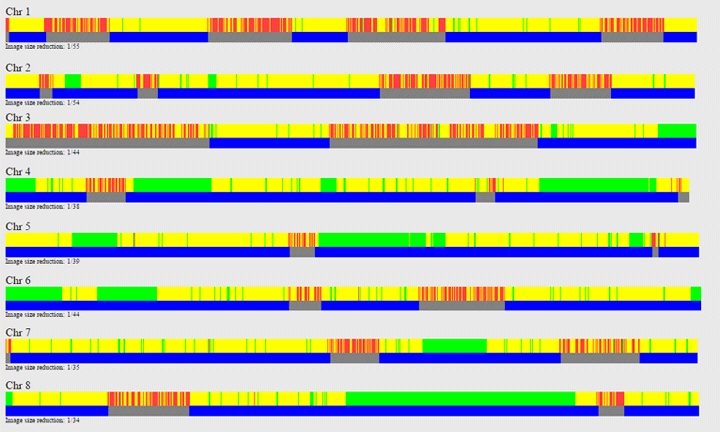You know you have an obsessive personality when a cousin’s DNA results come in and you put off as many plans as you can for the next 3 days in order to explore them. At least I have some observations to report on the new Ancestry chip as well as more data for my study of the Wold family.
According to Ancestry, this new chip has dropped some less interesting SNPs and replaced them with medically relevant ones as well as ones more useful for determining ancestry composition. The details are at http://blogs.ancestry.com/techroots/customer-testing-begins-on-new-ancestrydna-chip/
GEDmatch only tokenized 455K of the 700K SNPs from that new chip. However when I imported the raw data into a spreadsheet I saw that there were 668,961 lines of data as opposed to the previous 701,495 (then subtract 20 for the header), so not that different a number. New is chromosome 26 which is for the mitochondrial DNA.
My Wold cousin MM is the cousin whose doorstep I arrived on, Ancestry kit in hand, because I really really wanted her results. Those of you who have been to my Triangulation talk or read the article here may have noticed that I had no other cousins tested who are descended from my great-grandmother’s brother Charlie, the one presumed to be Kristine’s great-great-grandad. MM’s test has rectified that although she is descended from a different wife of Charlie’s than Kristine.
Since MM is the half first cousin of Kristine’s grandfather, she and Kristine are half first cousins twice removed. Do they match at the expected level?




